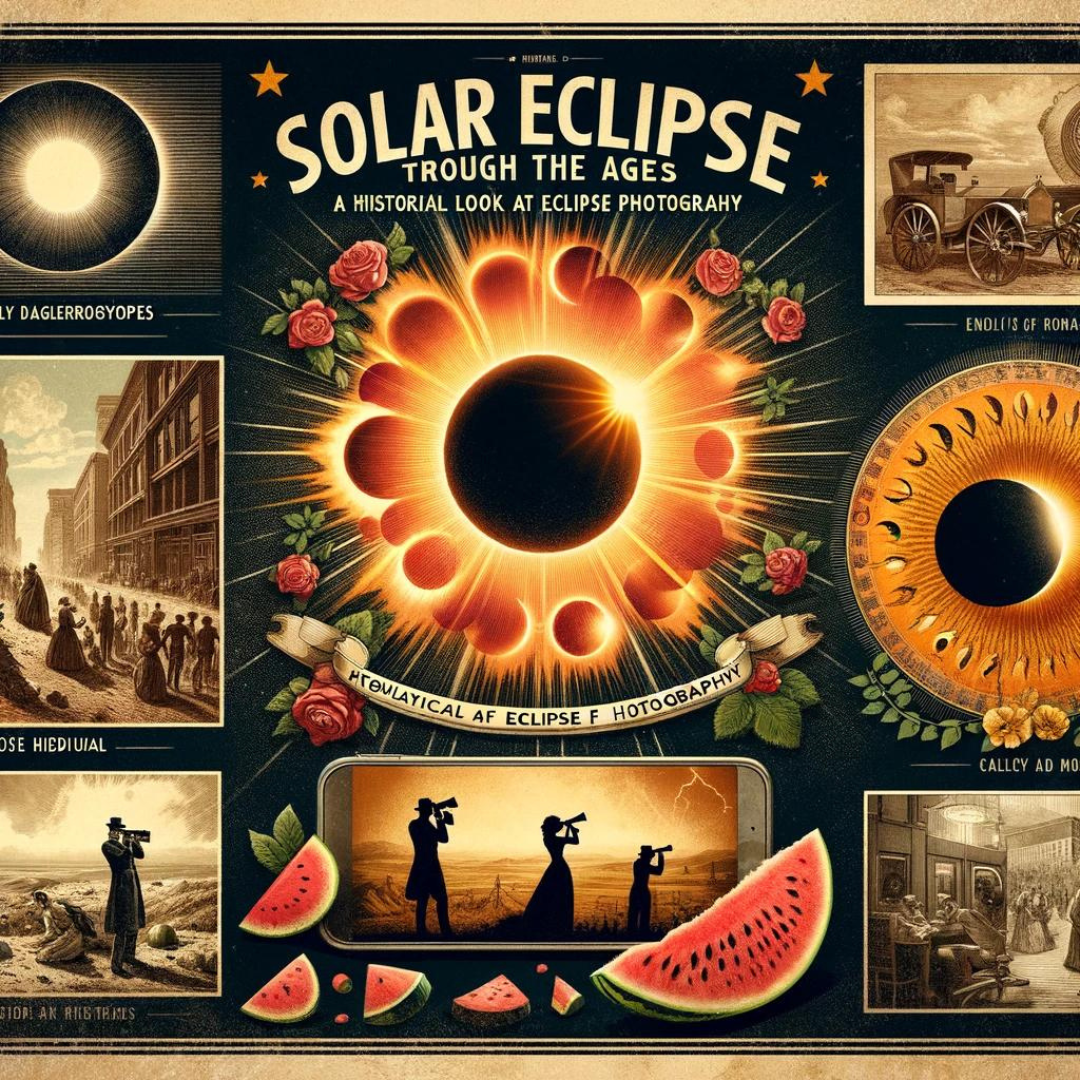
Solar eclipses have been documented throughout history, and their allure has captured the imaginations of many for hundreds of years. Since the dawn of photography, capturing an image of a solar eclipse has been a sought-after achievement. During the nineteenth century, the availability of camera technology began to make it possible for eclipse photography to become a reality. As time and technology progressed, the practice of eclipse photography also evolved. This article will explore the history of solar eclipse photography, and some of the most significant shots taken throughout history.
The Birth of Eclipse Photography
The first photographic record of a solar eclipse dates back to the early 19th century. An amateur photographer by the name of Johann von Lamont aimed his camera at the sun during a solar eclipse on July 28, 1851 in Zurich, Switzerland. Lamont succeeded in taking a photo of the sun, with the solar corona visible around the moon. This incredible image marks the beginning of eclipse photography, and to this day it remains one of the most stunning photographs of a solar eclipse ever taken.
The Role of Science in Modern Eclipse Photography
Science has played a major role in the development of eclipse photography. In the 1860s, the French astronomer Jules Janssen discovered that a similarly impressive image could be captured by using a spectroscope to enhance the contrast between the sun and the moon. This technological innovation allowed for more detailed shots of solar eclipses to be taken, and it also enabled scientists to make new discoveries about the nature of the sun and its atmosphere.
Modern Innovations in Eclipse Photography
In the mid-20th century, astronomers began experimenting with taking photographs using spectroheliographs. These devices allowed for high-resolution images to be captured with much greater detail than the previous methods. In the 1940s and 1950s, NASA used two of these devices to study the sun during the solar eclipse of June 30, 1954. The resulting images were a major breakthrough, and they helped to advance the field of solar astronomy significantly.
In the present day, digital photography has made it easier than ever to capture stunning images of solar eclipses. A program called Coronal Explorer takes hundreds of photographs at once, allowing for high-resolution images to be taken of very small details. These images are then stitched together to create a much larger image, with very high quality and detail. This program has led to the discovery of numerous new phenomena, and it has helped to make the study of solar eclipses easier for astronomers.
Solar Eclipse Photography in the Future
As camera technology advances and becomes more accessible, it is likely that the pursuit of capturing stunning images of solar eclipses will continue to grow. Scientists will be able to take increasingly detailed images of the sun, and this will help to illuminate new characteristics of the solar atmosphere. Furthermore, amateur astronomers will be able to take advantage of the power of digital photography to record the rare spectacle of a solar eclipse, and share their images with the world.
In conclusion, the practice of solar eclipse photography has experienced major breakthroughs throughout the centuries. From the first photo of a solar eclipse taken in 1851, to the image-stitching technology used today, the art of capturing the eerie beauty of the sun’s corona during an eclipse has evolved immensely. With the tools of modern science and technology, solar eclipse photography will undoubtedly continue to improve and develop in the years to come.
